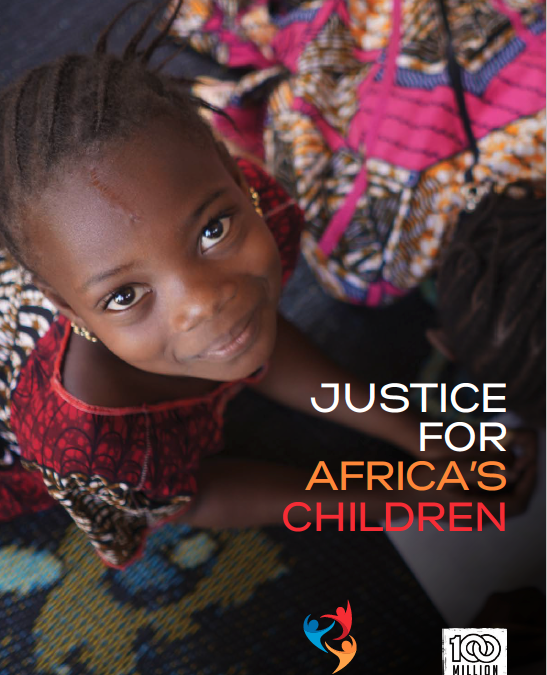Lobby says fewer are going to school and income in equalities are worsening. By Gordon Osen.
In Summary
- The 17 goals launched by the United Nations in 2015, aimed to tackle poverty, gender and income inequality, access to clean water and sanitation among others.
- They also sought to widen access to quality education and clean energy for all and among others.
Eight years after the launch of Sustainable Development Goals, children in sub-Saharan Africa, including Kenya, have sunk deeper into poverty.
Fewer are going to school and income in equalities are worsening, a lobby of Nobel laureates has said.
The 17 goals launched by the United Nations in 2015 aimed to tackle poverty, gender and income inequality, access to clean water and sanitation among others.
They also sought to widen access to quality education and clean energy for all and among others.
But a lobby—Laureates and Leaders for Children—said while there has been improvement in the quality of lives for children in other parts of the world, children in sub-Saharan Africa continue to sink in poverty, die from preventable and treatable diseases and deteriorate in their quality of life.
The lobby consist of 95 Nobel laureates and other professionals. They say in an assessment report that the SDGs are not working for the African children.
Sustainable Development Goals are a collection of 17 interlinked objectives negotiated by the UN countries to serve as a “shared blueprint for peace and prosperity for people and the planet now and into the future.”
In the report titled ‘Justice for Africa’s Children’, the group says that almost eight years on, African families and nations are sinking into “cyclic poverty, forcing children out of school and into child labour, child marriage, and slavery, and which allow millions of children under the age of five to die every year from preventable causes.”
For example, the lobby says in its report that while the global wealth in terms of GDP has increased significantly since the SDGs, wealth in African countries has taken a dip.
The number of children subjected to labour in other parts of the world has declined but in Africa 20 million more children are still engaged in the illegal labour.
Though efforts to increase education enrolment and retention and to decrease child labour, extreme poverty, and stunted growth due to malnutrition had made some progress in Africa, it said, in the last decade, injustice for Africa’s children has been increasing due to global inequality.
“The scale of injustice Africa is facing is shocking and debilitating to the efforts to achieve the African Union’s Agenda 2063 and the Sustainable Development Goals,” the report says.
“These appalling increases are a result of the dramatically unfair share of growth Africa has received. While the rest of the world has broadly seen increases in wealth since 2016, Africa has seen a substantial decrease in GDP per capita and, by not growing at the same rate as other countries, sub-Saharan Africa has lost $898.7 billion in the 2016-2021 period alone,” the report reads.
The report says that coincidentally, the world has increasingly become richer amid Africa misery, reaching a highest global GDP in 2021.
“Despite two global economic disasters in just 15 years, the wealth of the richest citizens and countries keeps increasing at an unbelievable rate.”
“This rate becomes shameful when compared with the decreasing rate in sub-Saharan Africa, where GDP per capita is lower in 2021 than it was in 2011. When the exploitation of Africa’s abundant natural resources and its poorest citizens to create much of the increase in global wealth is considered, the disparity is grotesque.”
The report analysed data across numerous sectors from which it say it “presents irrefutable evidence of the modern day global economic injustices faced by Africa and her children in just the last seven years, have cost trillions of dollars – and millions of lives.”
Originally published at The Star, 28 January 2023, available here.

